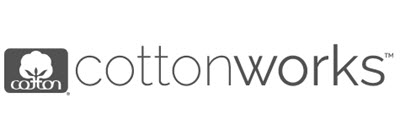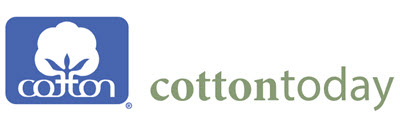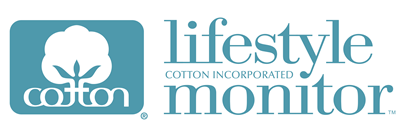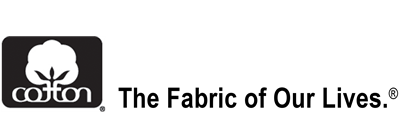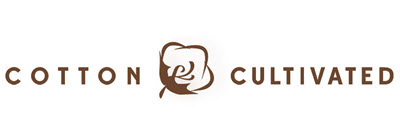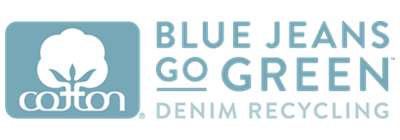Cotton Incorporated
Executive Cotton Update
U.S. Macroeconomic Indicators & the Cotton Supply Chain
June 2025
Macroeconomic Overview: The ultimate set of tariff increases that may persist over the longer-term remains unknown, but the interconnected nature of global supply chains suggests that the set of lasting policy outcomes will be influential for inflation, sourcing decisions, and economic growth. The latest major development relative to U.S. tariff policy was the pair of court decisions on May 28th and 29th that questions whether the president had the appropriate justification to issue widespread decisions on duty rates.
The constitution granted the power to levy tariffs and regulate international trade to Congress. However, over time, Congress has ceded some authority over tariffs to the president. One piece of legislation that permitted the president some ability to change trade policy was the International Emergency Economic Powers Act (IEEPA). In many of the tariff-related declarations from the administration, IEEPA was cited as justification for the president’s ability to implement tariff increases.
In late May, two separate court decisions questioned whether the president had the legal authority to broadly change tariff rates under IEEPA. The Court of International Trade (CIT) suggested that the president may have limited ability to change tariffs under IEEPA. Separately, a federal judge found that IEEPA does not grant the president any ability to change tariffs, citing the absence of any mention of tariffs or its synonyms in the IEEPA text. Nearly immediately, these decisions were appealed by the administration and the tariff rates that were in effect before those rulings remain intact for the time being. There are expectations that these legal arguments could eventually go to the U.S. Supreme Court.
In the meantime, negotiations are underway for bilateral agreements regarding tariffs and trade. The deadline for talks with most countries is July 9th. For China, the current round of discussion is set to continue through the first half of August. If agreements are not reached for partners outside of China, the “reciprocal” tariffs that were initially announced April 2nd have been threatened to go into effect. It is unknown what consequences could surface if an agreement is not reached with China.
Employment: The U.S. economy was estimated to have added +139,000 jobs in May. Revisions to previous months were negative, with the figure for March falling -65,000 to +120,000 and the figure for April falling -30,000 to +147,000. The current 12-month average for job growth is +144,000.
The unemployment rate was unchanged at 4.2% in May, holding at its highest value since 2021. While higher than it has been recently, the unemployment rate remains at a historically low level. It is rare unemployment to hold below five percent. With the exception of the volatility around COVID, the rate has been below five percent since 2016.
Average hourly earnings increased +3.9% year-over-year in May. The rate of wage growth has been trending slowly lower since the post-COVID and post-stimulus peak of +5.9% in March 2022. While a downward trend remains in place, the rate of decline has slowed, with most readings in 2025 near the value posted in May.
Consumer Confidence & Spending: After five consecutive months of decline, the Conference Board’s Index of Consumer Confidence Index increased in May (+12.3 points in May to 98.0). For most of the past three and a half years, the index had been holding between 95 and 115. With the series of recent decreases, values briefly dropped out of this range, with the level dipping to 85.7 in April.
Overall consumer spending increased only +0.1% month-over-month in April, but this followed a strong +0.7% month-over-month increase in March. Year-over-year, overall spending was +3.2% higher. Spending on garments decreased -0.7% month-over-month in April, but that decrease followed strong monthly gains early in 2025 (e.g., +1.5% month-over-month in January). Spending on clothing was up +4.6% year-over-year in April (excluding volatility around COVID, the longer-term average is 2-3%).
Consumer Prices & Import Data: The CPI for garments decreased -0.1% month-over-month and -0.5% year-over-year in April. Average import costs for cotton-dominant goods (excluding tariffs, seasonally-adjusted values in terms per square meter equivalent or SME) continue to be stable near $3.70/SME, where they have been since late 2023.
Import data are lagged, with the latest available data for April, which is the month when the U.S. announced and began implementing a wider set of tariff increases. There are push and pull effects with tariffs, with retailers and brands having to decide whether it might be better to pull orders forward to avoid further tariff increases or that it might be better to delay in hopes that tariffs might decrease. In April, cotton-dominant apparel imports were near the average for the past six months and up +13.4% year-over-year (SME volume, seasonally-adjusted).

